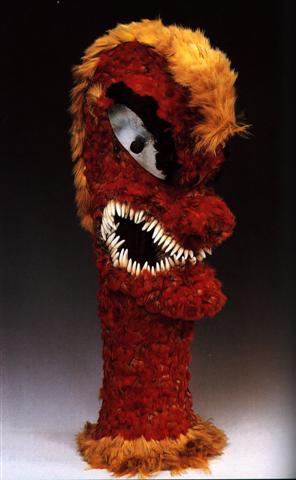|
|
||
|
GD19
|
On Easter Island hau fibres, from the hauhau
tree (Triumfetta semitriloba), were used for many different textile
purposes. Although Bishop Jaussen did not use diacritical
marks when documenting the words of Metoro, he made one
exception - he wrote haú (at GD19 glyphs). He wished to distinguish ha'u
(hat, 'chapeaux en corde d'hibiscus') from hau
(fibres). |
|
|
A few preliminary remarks and
imaginations: 1. Let us consider what the small marks around the outer perimeter of
this 'bent bough' might mean. The word haú - if a correct reading by Metoro
- implies that the glyph type illustrates some kind of 'hat' (haú),
maybe constructed from fibres (hau) from the hauhau tree. These old pictures from
China (Needham 2) have similar marks and they mean feathers:
More to the point, in
Hawaii we find feathered gods: "In many Polynesian cultures the bodies of gods were conceived of as covered with feathers and they were frequently associated with birds: in Tahiti and the Society Islands, bird calls on the marae signaled the presence of the gods. Hawaiian feathered god figures generally depict only the head and neck of the god." (D'Alleva)
|
||

